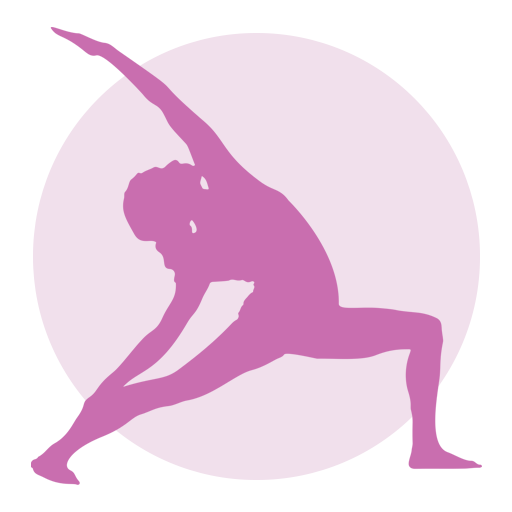Yoga: A Holistic Path to Physical and Mental Well-being
Yoga: A Holistic Path to Physical and Mental Well-being
Yoga, an ancient practice originating in India, has gained immense popularity worldwide as a holistic approach to health and wellness. This millennia-old discipline combines physical postures, breathing techniques, meditation, and philosophical principles to promote overall well-being.
The Essence of Yoga
At its core, yoga is more than just a physical exercise; it’s a comprehensive system designed to unite the body, mind, and spirit. The word “yoga” itself comes from the Sanskrit root “yuj,” meaning to join or unite. This union refers to the connection between the individual self and the universal consciousness.
Physical Benefits
Yoga offers numerous physical benefits that contribute to overall health:
- Improved flexibility and balance
- Increased strength and muscle tone
- Enhanced posture and body awareness
- Better circulation and cardiovascular health
- Reduced chronic pain and inflammation
Regular practice of yoga asanas (postures) can help alleviate various physical ailments, from back pain to arthritis, making it an excellent complementary therapy for many health conditions.
Mental and Emotional Benefits
The mental and emotional benefits of yoga are equally significant:
- Stress reduction and relaxation
- Improved focus and concentration
- Enhanced emotional regulation
- Increased self-awareness and mindfulness
- Better sleep quality
Through practices like meditation and pranayama (breathing exercises), yoga helps calm the mind, reduce anxiety, and promote a sense of inner peace.
Types of Yoga
There are numerous styles of yoga, each with its own focus and approach:
- Hatha Yoga: A gentle, traditional form focusing on basic postures and breathing
- Vinyasa Yoga: A dynamic style that synchronizes movement with breath
- Ashtanga Yoga: A rigorous, physically demanding practice following a specific sequence
- Iyengar Yoga: Emphasizes precise alignment and the use of props
- Kundalini Yoga: Combines physical postures with breathing techniques, meditation, and chanting
- Restorative Yoga: A relaxing practice using props to support the body in passive poses
Each style offers unique benefits, allowing practitioners to choose the approach that best suits their needs and preferences.
The Science Behind Yoga
Modern scientific research has begun to validate many of the health claims associated with yoga. Studies have shown that regular yoga practice can:
- Lower blood pressure and heart rate
- Reduce cortisol levels (the stress hormone)
- Increase GABA levels in the brain, promoting relaxation and reducing anxiety
- Improve immune function
- Enhance cognitive performance and memory
These findings support the traditional wisdom that yoga can have profound effects on both physical and mental health.
Integrating Yoga into Daily Life
While attending yoga classes is beneficial, the true power of yoga lies in its integration into daily life. Here are some ways to incorporate yoga principles beyond the mat:
- Mindful breathing: Practice deep, conscious breathing throughout the day to reduce stress and increase focus.
- Mini-meditation sessions: Take short breaks for meditation or mindfulness exercises.
- Desk yoga: Perform simple stretches and postures at your workspace to alleviate tension.
- Yoga philosophy: Apply yogic concepts like non-violence (ahimsa) and truthfulness (satya) in daily interactions.
- Mindful eating: Practice awareness and gratitude during meals.
By weaving these practices into daily routines, one can experience the transformative effects of yoga more consistently.
Yoga for Specific Populations
Yoga’s versatility makes it accessible to people of all ages and fitness levels:
Yoga for Seniors
Gentle yoga practices can help older adults improve balance, flexibility, and overall well-being while reducing the risk of falls.
Prenatal Yoga
Specially designed yoga classes for pregnant women can help alleviate discomfort, prepare for childbirth, and promote bonding with the baby.
Yoga for Athletes
Many athletes incorporate yoga into their training regimens to improve flexibility, prevent injuries, and enhance mental focus.
Yoga for Children
Kid-friendly yoga classes can help improve concentration, body awareness, and emotional regulation in children.
The Future of Yoga
As yoga continues to evolve and adapt to modern lifestyles, we’re seeing new trends emerge:
- Online yoga classes and apps making practice more accessible
- Integration of technology, such as virtual reality yoga experiences
- Fusion styles combining yoga with other fitness disciplines
- Increased focus on yoga therapy for specific health conditions
- Growing emphasis on eco-friendly and sustainable yoga products
These developments are helping to bring the benefits of yoga to an even wider audience, ensuring its continued relevance in the 21st century.
Conclusion
Yoga offers a holistic approach to health and well-being that goes far beyond physical exercise. By integrating body, mind, and spirit, yoga provides a path to greater self-awareness, improved health, and inner peace. Whether you’re looking to reduce stress, increase flexibility, or explore spiritual growth, yoga offers a rich and diverse set of practices to support your journey. As research continues to unveil the scientific basis for yoga’s benefits, its popularity is likely to grow, cementing its place as a valuable tool for enhancing overall quality of life.




